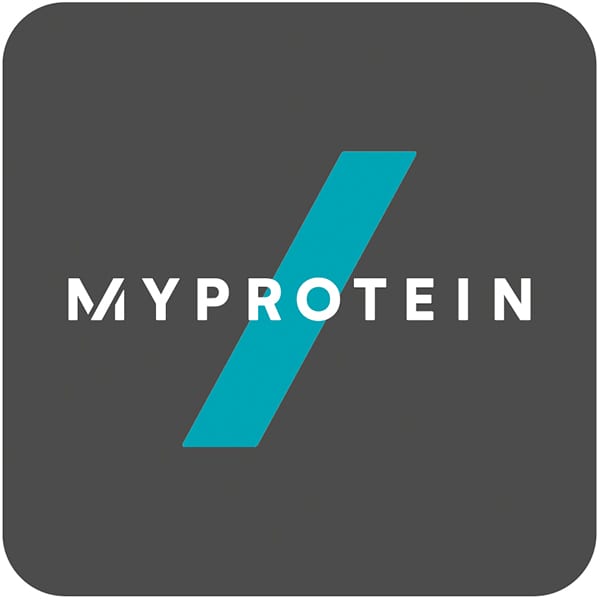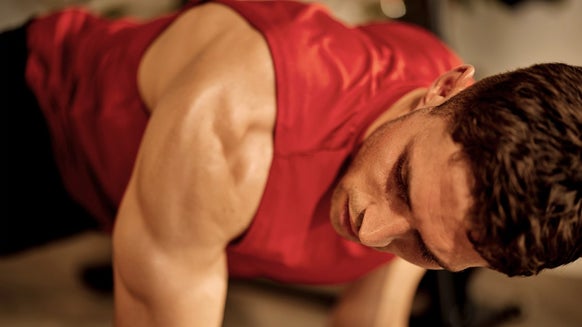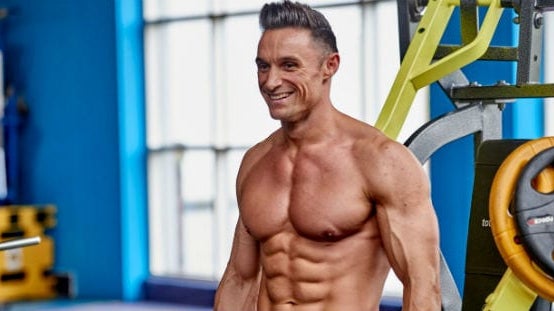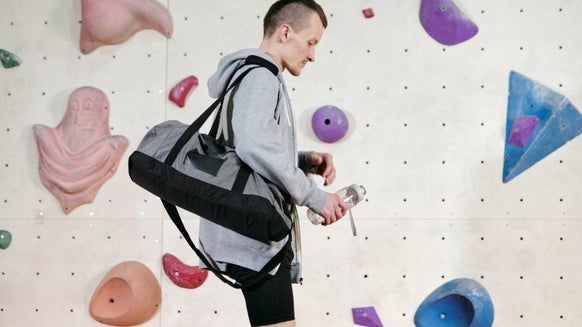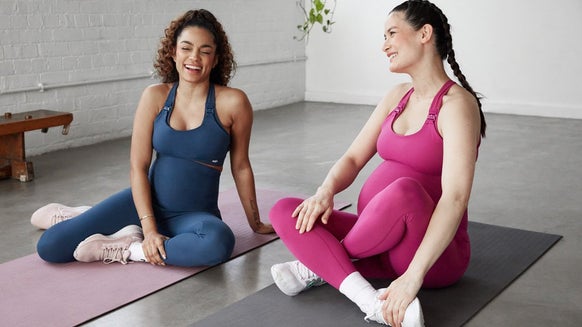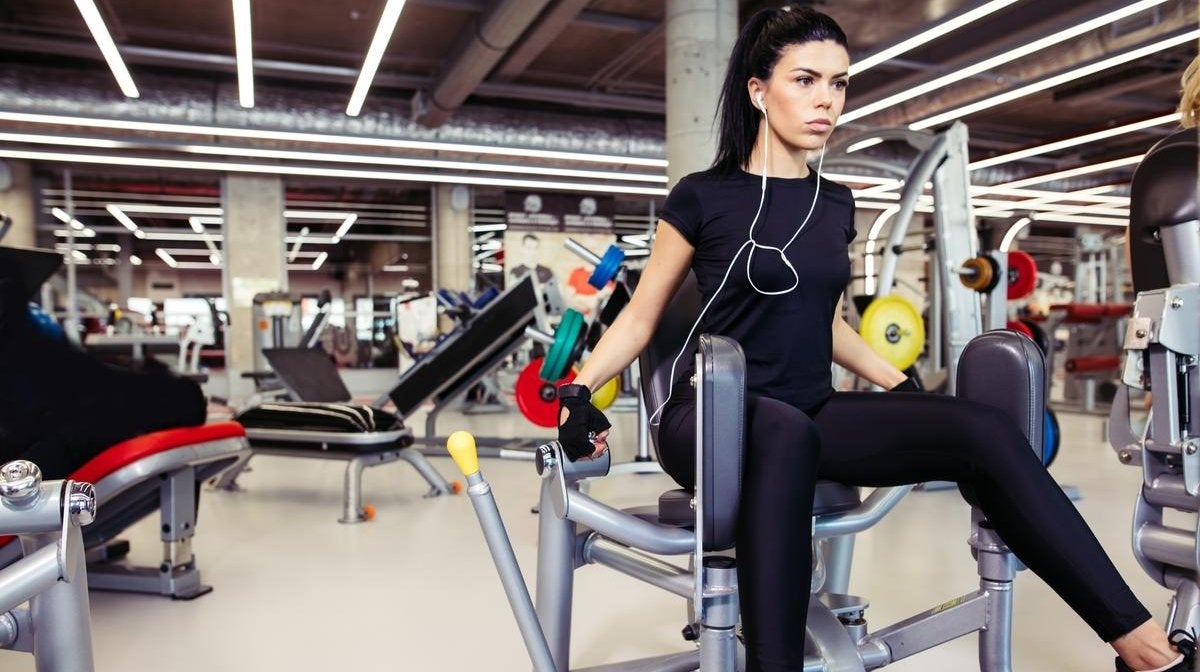
Whether or not abductor- and adductor machines are right for you, depends upon your goals. If your main gripe with your thighs is that you feel they carry excess body fat, sadly you won’t be able to spot-reduce them with this machine.
Additionally, if you are hoping to build a fitter lower body, these machines may not be right for you. It’s all too easy to load up the weight on the abductor or adductor machine and think you’re improving your leg strength and stability, but this might not be the case. On the other hand, if you have sport-specific goals, the movement may benefit you one way or the other
What Muscles Do They Work?
The adductor machine
This trains the muscles inside of the thighs, known as the adductor muscles including the longus magnus and brevis.
The abductor machine
This trains the muscles for turning the thigh outwards, including the Sartorius, gluteus medius and tensor fascia latae.
Abductor & Adductor Machines
Ideally, when you exercise, the movements performed should be geared towards movements you will carry out in everyday life. This is why, when we train for a sport, we tend to focus on movements similar to those used in the sport. This will then help us to improve strength and performance.
Even if you’re not an athlete, you may simply be training to improve your quality of life, for example, a strong back means you are less likely to be injured if you have to pick up a heavy box at work or carry groceries in from the boot of your car.
There are very few movements in real life where you need to open and close your legs against resistance, meaning that, although you may get better at using these machines, they may not have benefits that you can carry over into the real world in the same way that a deadlift might for example, which is why it may be useful to pair these exercises up alongside other exercises.
When would we use them?
Some sports drills may have you perform the same movements as the abductor and adductor machine, but whilst standing, which makes an important difference.
The abductor and adductor machines train very small muscle groups, therefore they are only accustomed and designed to lift or displace a small amount of weight. Unfortunately, if individuals aren’t aware of the technicalities of these machines, a lot of weight could be added which may cause damage to the spine
Any unnecessary amount of pressure on your spine may be detrimental long term – this goes for any exercise – which is why it is important to fully understand how to use any piece of gym equipment. Doing so may prevent future injuries.
Lower Body exercises to replicate abductor and adductor machines
There are a few great moves that come to mind when you are seeking to shape up your lower body. If body fat is the issue, that can only be reduced with a great nutrition plan and training combined. This is the blueprint for those lower body goals you are hoping to achieve!
If you want to train the adductors and abductors specifically, especially after injuries, consider some band work. These types of exercises will work the muscles effectively and safely without unnecessary stress on the spine, and the movements are much more applicable to real life.
Abductor Exercises:
Side leg raises
Lie on your right side with your legs extended out straight. Use your right hand or a cushion to support your head. Slowly raise your left leg as high as you can. - Hold this position for a few seconds before lowering your leg back down.
Clamshells
Lie on your right side with bent knees. Slowly open your left leg as far as you can. - Hold this position for a few seconds and then lower back down to the starting position.
Standing lateral leg raises
Stand on your right foot with your left foot slightly raised. Place your hands on a wall or chair for support and engage your core. Keep your hips square as you engage your inner thighs to lift your left leg as high as you can. Pause here for a few moments before slowly returning your leg back down.
Wide leg squat
Stand with your feet wider than your hips. Slowly lower your hips down as far as you can. Pause in this position, engaging your inner thighs. - Return to the starting position.
Low lunge
From a kneeling position, step your right foot forward and position your ankle under your knee. Try and get your leg near your arm. Extend your left knee back slightly and press evenly into both hands. - Hold this position for up to 1 minute.
Fire hydrants
Position yourself on your hands and knees with a straight back and embraced core. Spread your weight evenly. Slowly lift your left leg away from your body, keeping your knee bent. Pause and hold before returning to the starting position.
Adductor Exercises:
Cossack Squat
Set Your Stance. Stand with your feet wider than shoulder-width. Shift Your Weight and Sit to one side Stay Upright in the body through the movement. Stand Up and Repeat
Lunge
Starting in a neutral standing position, step forward with one leg, so that your legs form a triangle with the floor, with each leg at around 45° to the floor. Lower your body towards the floor, allowing the knee of your front leg to track over your toes (it doesn’t matter too much whether your knees pass your toes or not – this will be down to each individuals ankle mobility). As you lower your body, the knee of your back leg should not Push through the heel of your front foot, stepping back to the start position. You should feel the load in your glutes and quads.
Adductor Slide
Stand upright with your feet together. You may need something under the moving foot to help slide. Use your sock or a towel with your shoe on the standing foot. Tense the core and slowly, with control, slide the foot away from the body. Once you reach your limit, keep the movement controlled and slide inwards.
Adductor Side Plank
Lie on your side with your forearm supporting your body weight and place one leg on top of the other. Then, place your top foot on a bench and lift your hips up while pressing your top foot down onto the bench until your body is straight. Lift your lower leg during the reps and exhale during this part of the exercise. Lower your hips back down until they nearly touch the floor. You can keep the movement static to make it slightly easier.
Take Home Message
As these machines target very small muscle groups, it may be best for individuals to stick to larger compound moves for improving lower body fitness, unless necessary for a sport.
